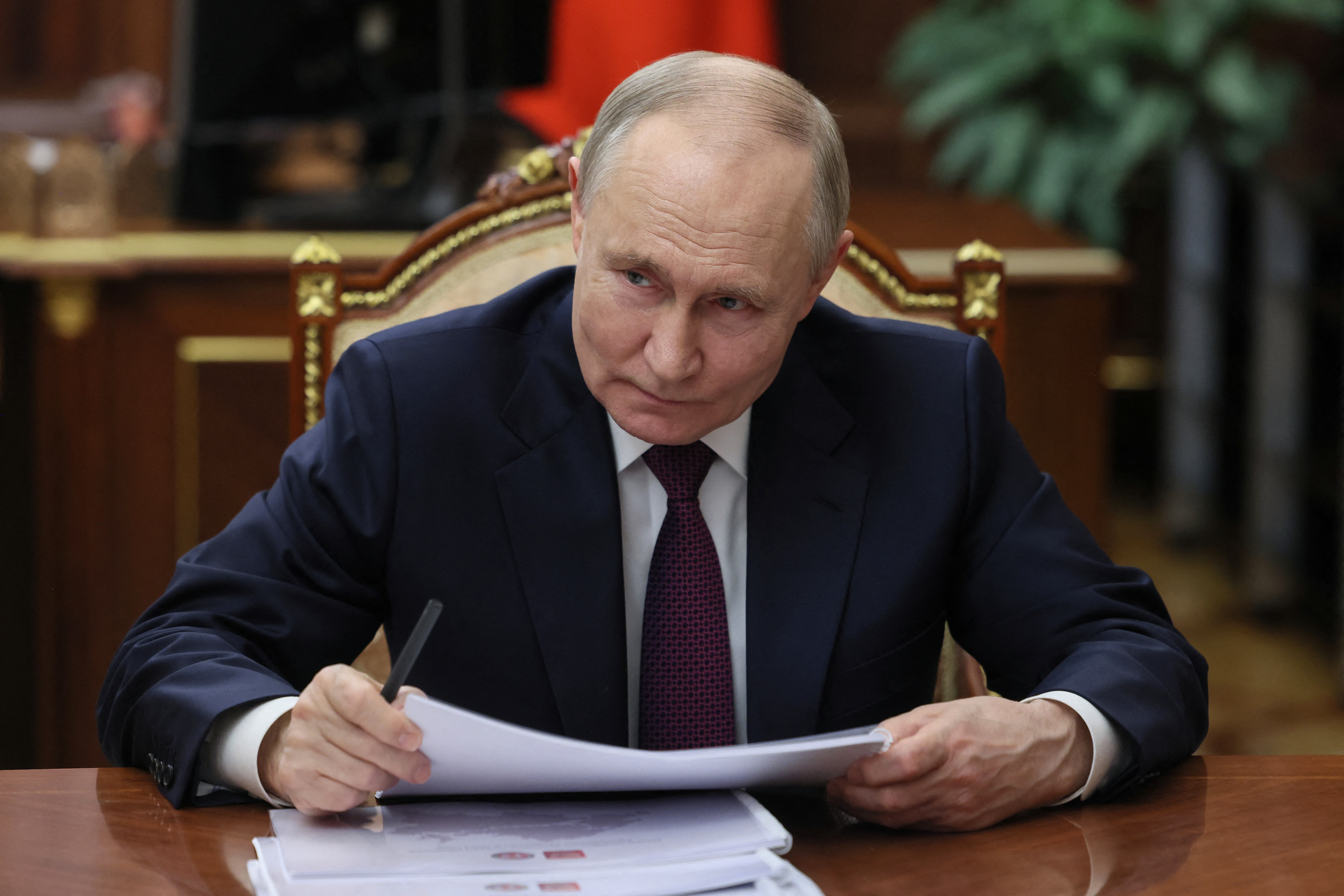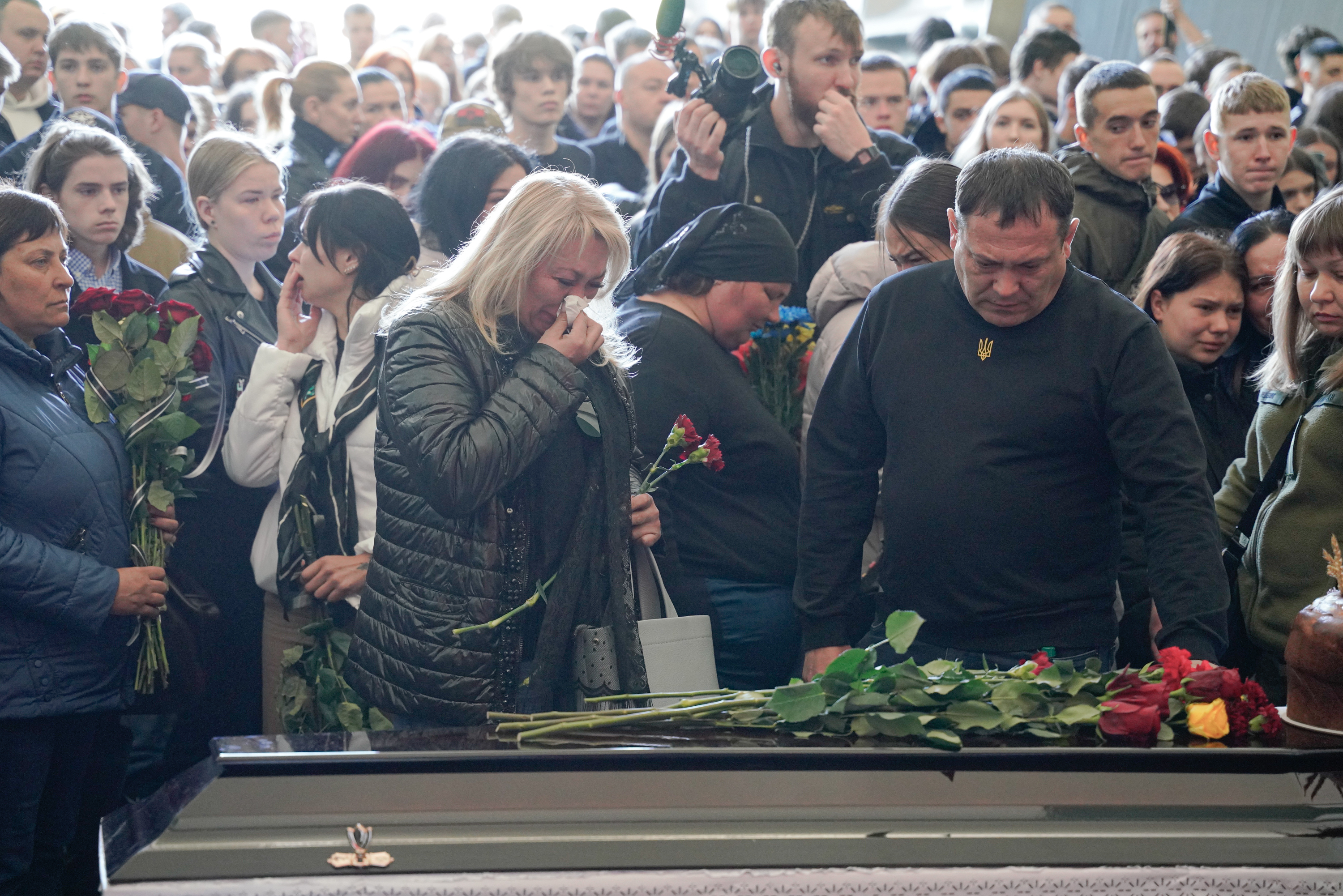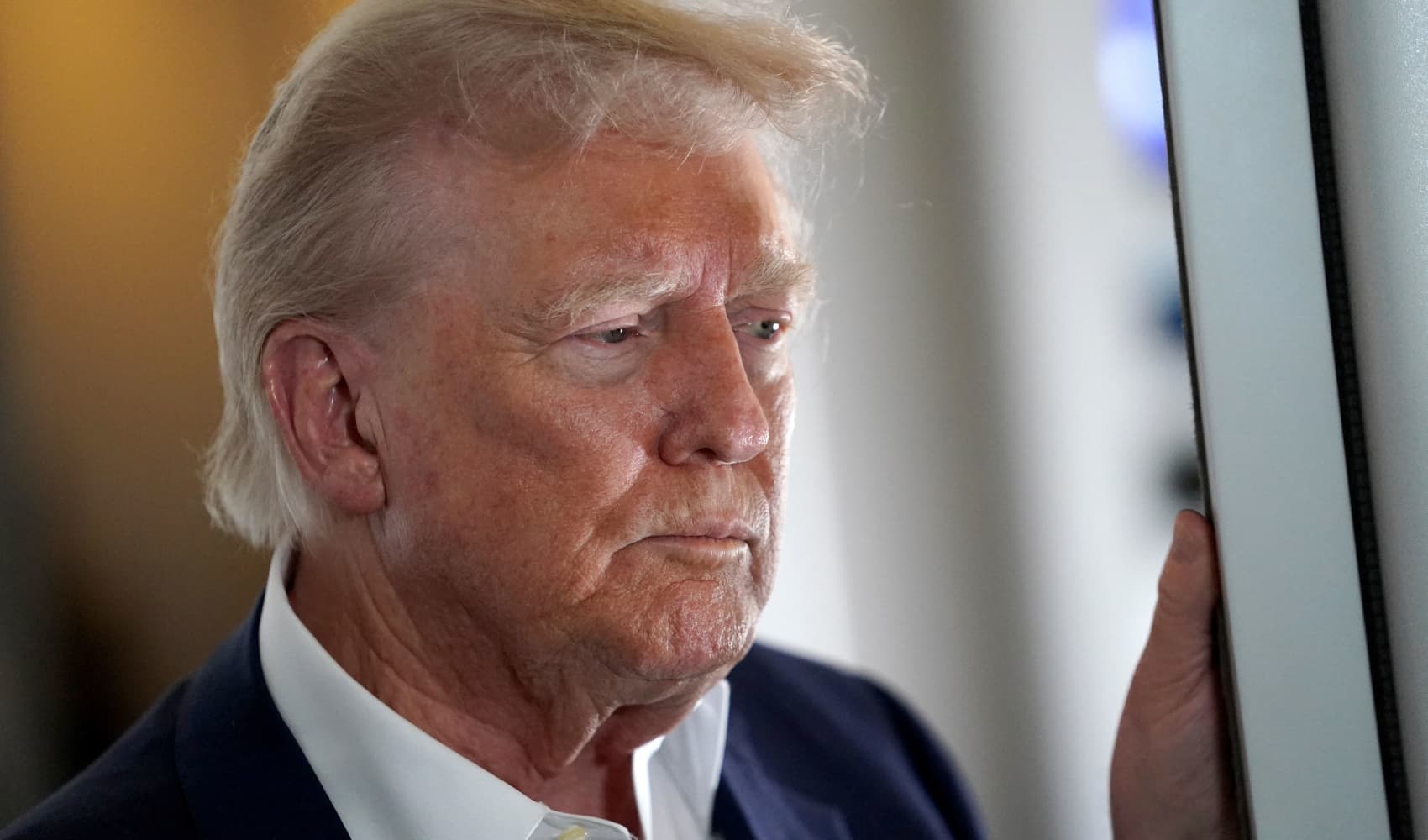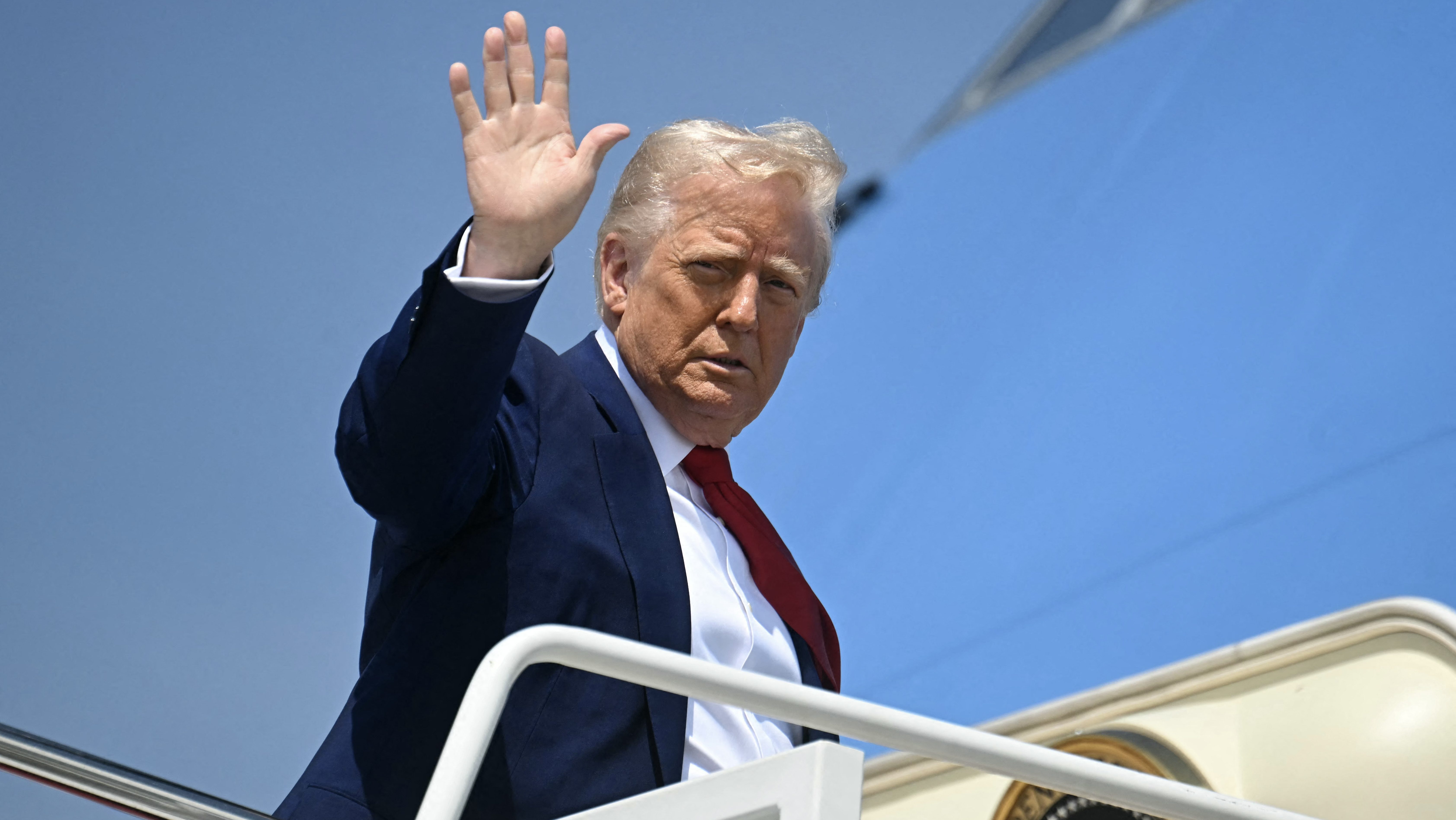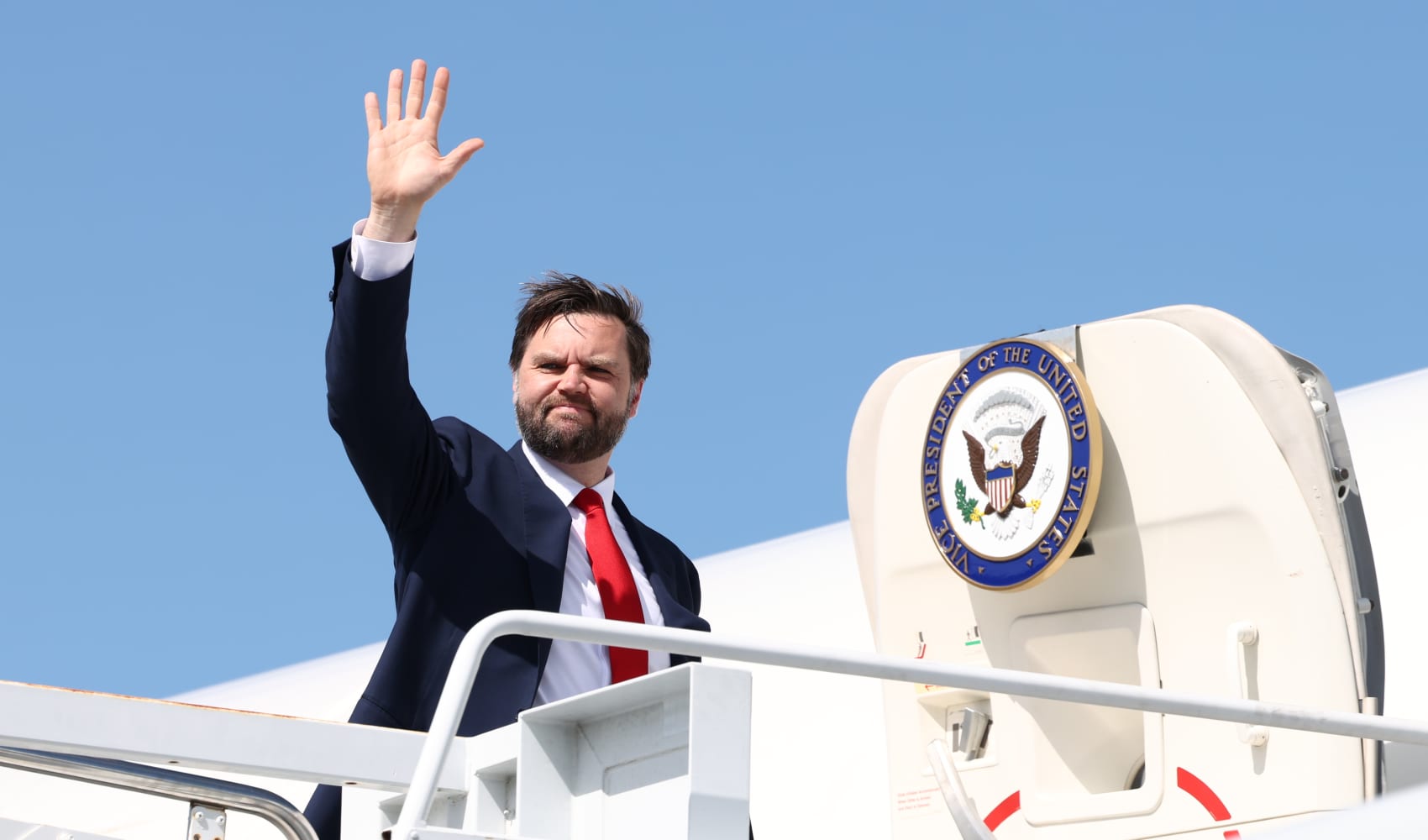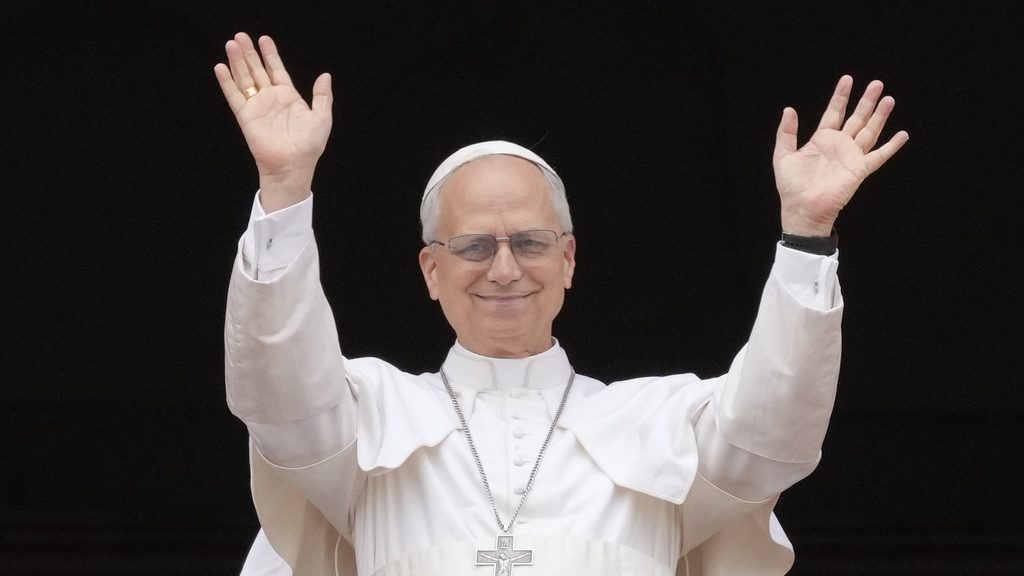Trump Doubts Putin's Ukraine Peace Intent: What Changed?
Trump's Ukraine U-Turn: Doubts Emerge on Putin's Peace Intentions
Introduction: A Shift in Perspective
Politics, like the weather, can change in an instant. One day, sunshine and promises of a deal; the next, dark clouds and uncertainty. This seems to be the case with former President Donald Trump's assessment of the Russia-Ukraine war. Just a day after suggesting a peace agreement was within reach, Trump expressed serious doubts about Vladimir Putin's willingness to end the conflict. What caused this sudden change of heart? Let's delve into the details and explore the possible reasons behind Trump's revised stance.
From Optimism to Skepticism: A Timeline
The shift in Trump's rhetoric is noteworthy. It's a stark contrast to his previous assertions. Remember, just recently, the narrative painted a picture of impending negotiations and a potential resolution. Now, that picture seems to have been painted over with a less hopeful scene. What triggered this about-face?
The Social Media Revelation
Trump took to social media to voice his concerns, a common practice for the former president. His post, shared while flying back from Pope Francis' funeral, directly questioned Putin's motives. This digital declaration served as the primary signal of his changed perspective. Is this a knee-jerk reaction, or a calculated strategic maneuver?
H2: "No Reason for Missiles": A Turning Point?
Trump specifically cited the recent missile strikes on civilian areas as a catalyst for his doubts. He questioned the logic of such attacks if Putin was genuinely interested in peace. Is it really logical to bomb the people whose country you claim to “liberate”?
The Impact of Civilian Casualties
The tragic loss of innocent lives always complicates matters. These attacks could be seen as a sign that Putin’s true intent is conquest, not negotiation. How can anyone trust an adversary who targets civilians?
A Brief Encounter with Zelenskyy
Trump also mentioned his brief meeting with Ukrainian President Volodymyr Zelenskyy at the Vatican. Did this interaction influence his change of heart? What kind of insights did Zelenskyy provide about the situation on the ground?
The Shadow of Sanctions: A Potential Lever
Trump hinted at the possibility of further sanctions against Russia, specifically mentioning "Banking" or "Secondary Sanctions." This suggests he believes economic pressure could be a more effective tool in bringing Putin to the negotiating table. But will it work this time?
"Banking" Sanctions: A Financial Squeeze
Targeting Russia's banking sector could cripple its ability to finance the war effort. But these sanctions can be complex to implement and can hurt the global economy.
Secondary Sanctions: A Global Warning
Secondary sanctions penalize entities that do business with Russia, even if they are not based in the United States. This can be a powerful deterrent but can also strain relationships with other countries.
"Tapping Me Along": A Feeling of Deception?
Trump's statement, "maybe he doesn’t want to stop the war, he’s just tapping me along," suggests a sense of being manipulated. He seems to believe Putin may have been feigning interest in a deal to buy time or achieve other strategic objectives. This is a serious accusation, implying a breach of trust.
Too Many People Are Dying!!!: The Human Cost
Trump concluded his post with a stark reminder of the human cost of the conflict: "Too many people are dying!!!" This underscores the urgency of finding a resolution and the moral imperative to stop the bloodshed. It's a sentiment that resonates with people worldwide.
US-Russia Relations: An Already Strained Dynamic
Even before the war in Ukraine, relations between the United States and Russia were strained. Accusations of election interference, cyberattacks, and human rights abuses have long plagued the relationship. This latest development will likely further complicate matters. How can true diplomacy begin when so much bad blood exists?
The Global Impact: Beyond Ukraine
The war in Ukraine has had far-reaching consequences beyond its borders, impacting global food supplies, energy markets, and international security. A prolonged conflict could destabilize the entire region and further exacerbate these problems. The ripple effect is being felt everywhere.
The Role of Diplomacy: Finding a Path Forward
Despite Trump's skepticism, diplomacy remains the most viable path to ending the war. However, finding common ground will require a willingness from all parties to compromise and a genuine commitment to peace. Is that willingness there?
The Importance of International Pressure
International pressure, including sanctions and diplomatic isolation, can play a crucial role in persuading Russia to end the war. A united front from the international community sends a clear message that aggression will not be tolerated. Together, can the world community create a lasting impact on the war and peace talks?
H2: Conclusion: Navigating Uncertainty
Trump's shifting stance on Putin's willingness to end the war in Ukraine highlights the complex and unpredictable nature of the conflict. While a quick resolution may seem unlikely at this point, continued diplomatic efforts and international pressure remain essential to achieving a lasting peace. The path forward is uncertain, but the need for action is clear. The stakes are simply too high to do nothing. The world is waiting, watching, and hoping for a breakthrough.
H2: Frequently Asked Questions
- Why did Trump change his view on Putin's willingness to end the Ukraine war?
Trump cited recent missile strikes on civilian areas as the primary reason, suggesting these actions are inconsistent with a genuine desire for peace. - What are "Secondary Sanctions" and how could they impact Russia?
Secondary sanctions target entities that do business with Russia, even if they are not based in the United States. This could significantly limit Russia's access to global markets and financial resources. - How did Trump’s meeting with Zelenskyy influence his thinking?
The article mentions that Trump had a brief meeting with Zelenskyy, but doesn't explicitly state that it was responsible for his shift in perspective. - What are the potential global consequences of a prolonged war in Ukraine?
A prolonged conflict could destabilize the region, disrupt global food and energy supplies, and further escalate international tensions. - What role does diplomacy play in resolving the conflict, given Trump's skepticism?
Despite Trump's doubts, diplomacy is still considered the most viable path to a lasting peace, requiring compromise and a genuine commitment from all parties involved.
